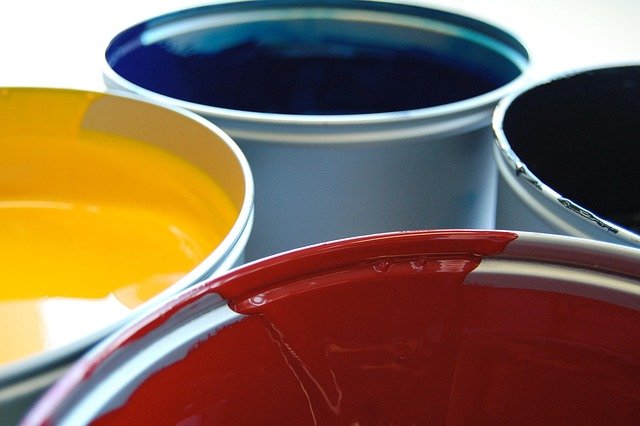How Color Analysis Helps You See Colors Differently
Color analysis is a way to learn how colors look and feel in different settings. This article explains how to compare shades, notice contrasts, and explore color combinations. Discover how colors can change the way things appear and make projects or designs more interesting.

What Is Color Theory and Its Foundation
Color theory provides the scientific basis for understanding how colors work together and affect human perception. This fundamental concept explains the properties of colors, including hue, saturation, and brightness, and how they create visual harmony or discord. The primary colors of red, blue, and yellow form the foundation, with secondary colors emerging from their combinations. Understanding color theory enables people to make informed decisions about color choices in fashion, interior design, and artistic endeavors. The theory also encompasses concepts like temperature, where colors are classified as warm or cool, helping determine which shades complement specific skin undertones.
How the Color Wheel Guides Decision Making
The color wheel serves as a visual tool that organizes colors in a circular format, showing relationships between primary, secondary, and tertiary colors. This arrangement helps identify complementary colors that sit opposite each other, creating striking contrasts, and analogous colors that sit adjacent to each other, producing harmonious combinations. Professional color analysts use the color wheel to determine which color families work best for different individuals based on their natural coloring. The wheel also demonstrates triadic and split-complementary schemes, providing multiple options for creating balanced and visually appealing color combinations in wardrobe planning and design projects.
Understanding Color Psychology in Personal Choices
Color psychology examines how different colors influence emotions, behavior, and perceptions in both the wearer and observer. Research shows that warm colors like red and orange can convey energy and confidence, while cool colors like blue and green often communicate calm and trustworthiness. During color analysis, professionals consider these psychological effects alongside physical compatibility to help clients choose colors that align with their personal and professional goals. For instance, someone seeking to project authority might benefit from deeper, more saturated colors, while those wanting to appear approachable might choose softer, lighter tones within their optimal color range.
Creating Effective Color Harmony
Color harmony refers to the pleasing arrangement of colors that creates visual stability and aesthetic appeal. In personal color analysis, harmony occurs when clothing colors complement rather than compete with natural coloring, creating a cohesive and polished appearance. Professionals identify whether someone looks best in monochromatic schemes using variations of one color, complementary combinations that provide contrast, or analogous groupings that offer subtle variation. Understanding color harmony principles helps individuals build cohesive wardrobes where pieces work together seamlessly, reducing decision fatigue and increasing confidence in daily outfit choices.
Mastering Color Combinations Through Analysis
Effective color combinations require understanding both the technical aspects of color relationships and how they interact with individual characteristics. Professional color analysis reveals which specific combinations enhance natural features while identifying potentially unflattering pairings to avoid. This process typically involves testing various color combinations against the skin to observe changes in appearance, including how colors affect the perceived clarity of the complexion and brightness of the eyes. The analysis also considers lifestyle factors, helping clients understand how to incorporate their optimal colors into both casual and professional wardrobes through strategic combinations and proportions.
Professional color analysis services vary significantly in approach and pricing across different providers. Individual consultations typically range from $150 to $500, depending on the analyst’s experience and session length. Virtual color analysis has become increasingly popular, with online services offering consultations between $75 and $250. Group workshops provide more affordable options, usually priced between $50 and $150 per person.
| Service Type | Provider Example | Cost Estimation |
|---|---|---|
| In-Person Consultation | Certified Color Analysts | $200-$500 |
| Virtual Analysis | Online Color Consultants | $75-$250 |
| Group Workshop | Local Style Studios | $50-$150 |
| Comprehensive Package | Professional Image Consultants | $300-$800 |
Prices, rates, or cost estimates mentioned in this article are based on the latest available information but may change over time. Independent research is advised before making financial decisions.
Color analysis fundamentally transforms how individuals perceive and interact with colors by providing a structured framework for understanding personal color relationships. This systematic approach combines scientific principles of color theory with practical applications, enabling people to make confident choices that enhance their natural features. The process extends beyond simple color matching to encompass psychological effects, harmonic principles, and combination strategies that create lasting improvements in personal presentation and aesthetic decision-making across various aspects of life.




